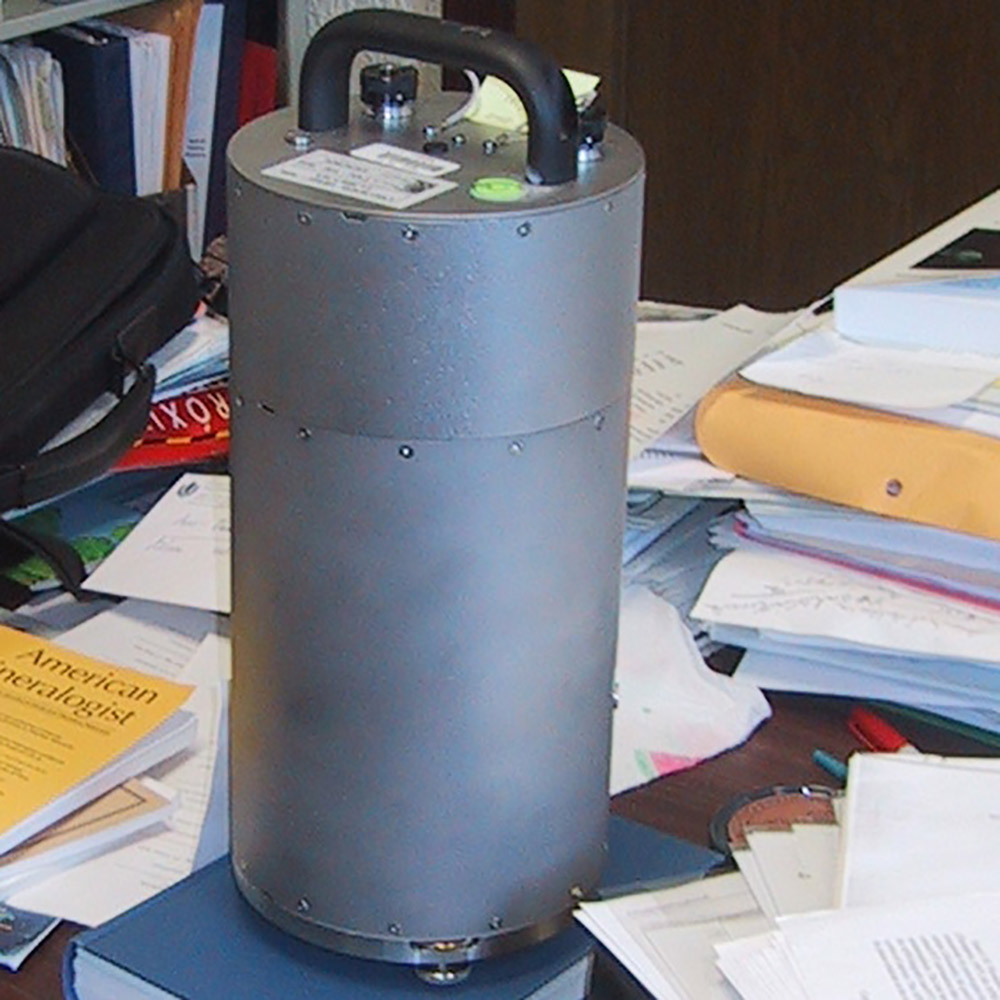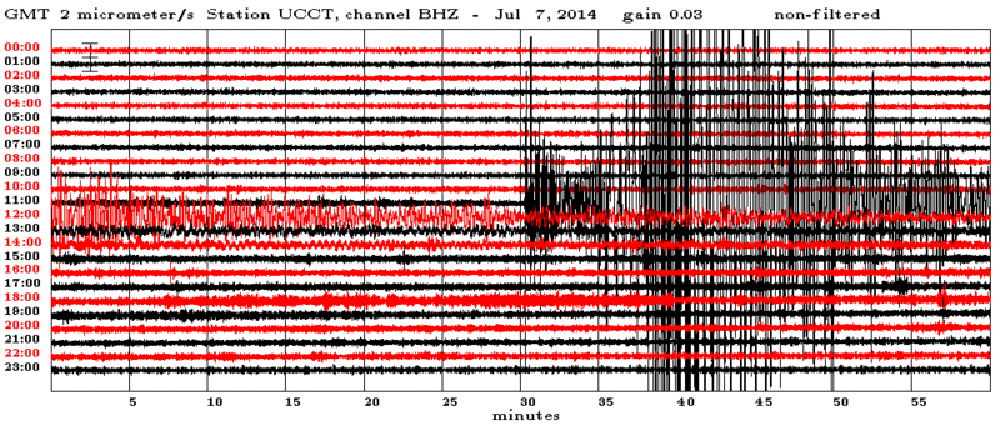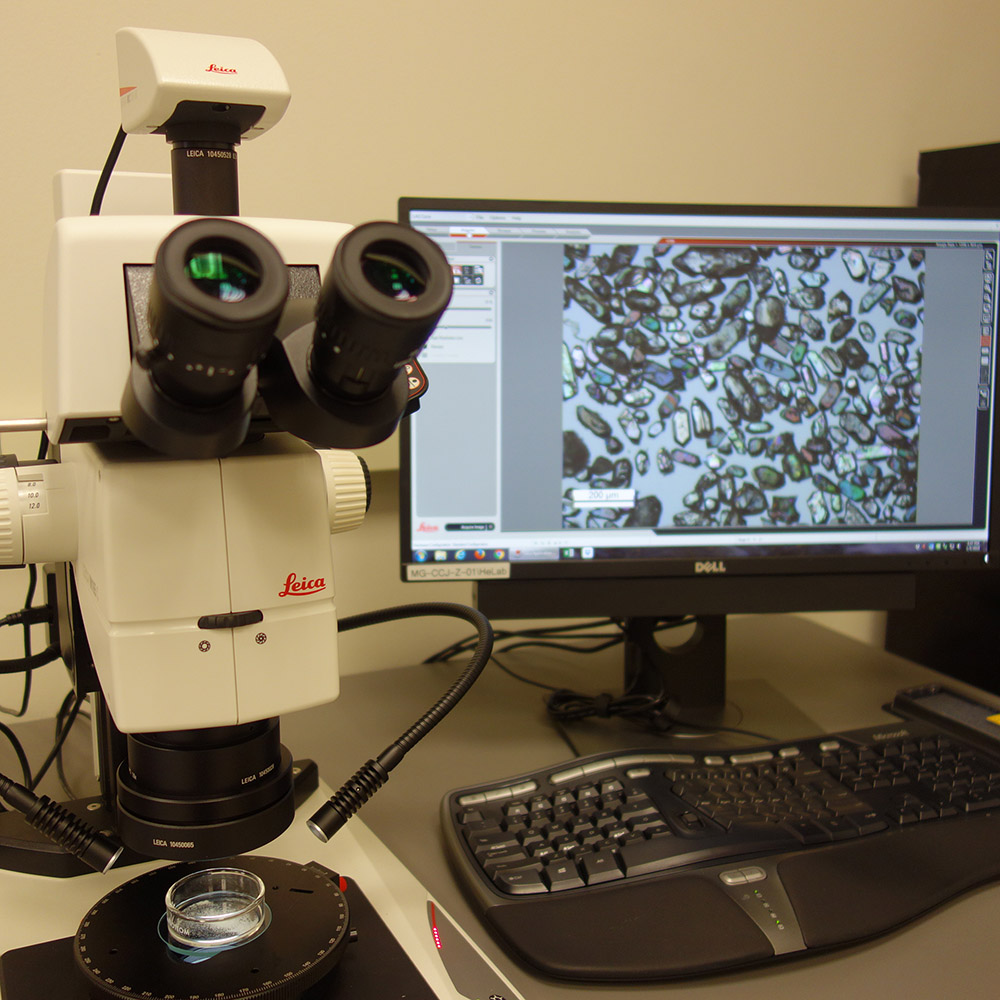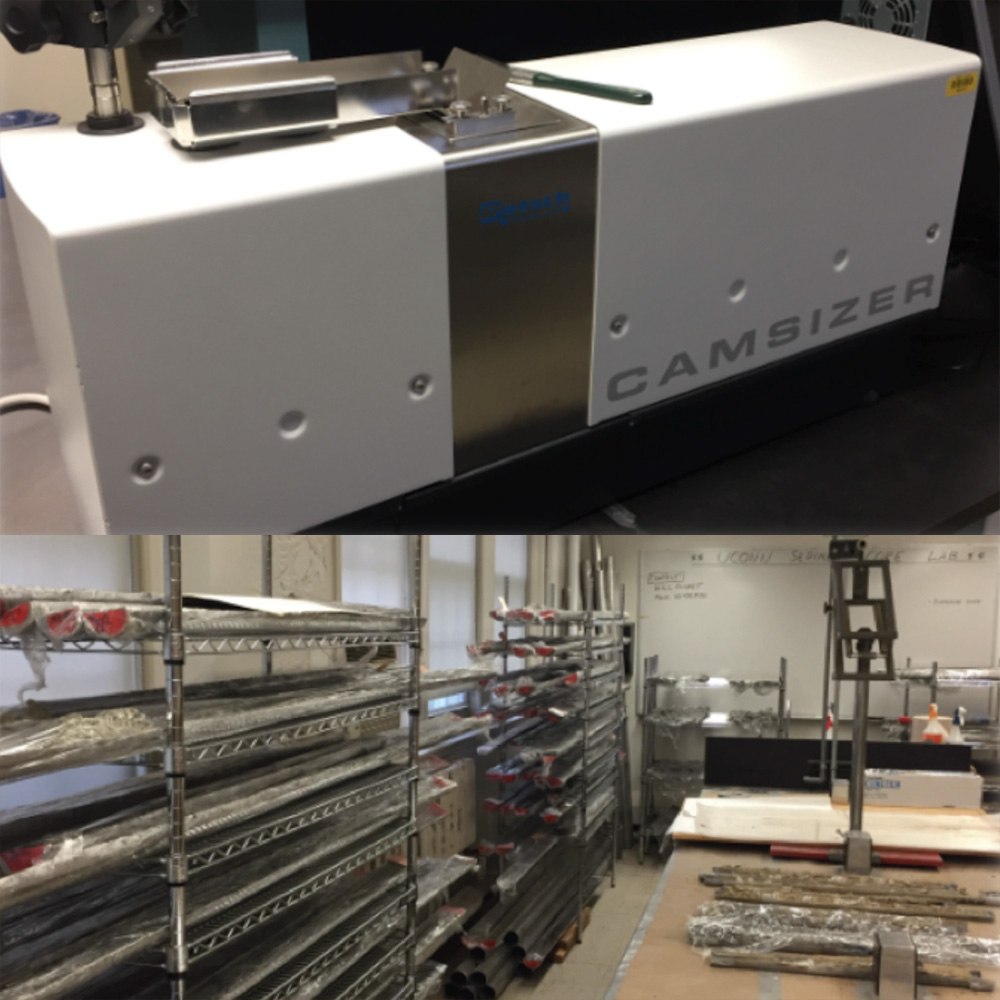Facilities and Labs
State-of-the-Art Earth Science Facilities
The Department of Earth Sciences at UConn uses advanced field and laboratory techniques to provide cutting-edge characterizations on all aspects of the Earth system. Our tools allow us to explore topics such as climatology, paleobiology, geomorphology, tectonics, and more! Department facilities and laboratories are available for undergraduate, graduate, postdoc, and professional research. Check out the details below.

Facilities and Labs
Seismic Station UCCT
Seismic Station UCCT

UConn’s seismic station UCCT, located 1 mile from campus, records three components of ground motion over a broad frequency band. Digitized seismograms and a GPS time signal, recorded in real time, are telemetered by spread-spectrum radio and internet to an archiving facility at Columbia University’s Lamont-Doherty Earth Observatory. Both local and distant earthquakes are routinely recorded.

Faculty Contact
Santa Cruz Laser Microfurnace helium gas extraction and measurement system
Santa Cruz Laser Microfurnace helium gas extraction and measurement system

It is equipped with a Pfeiffer PrismaPlus quadrupole mass spectrometer, laser diode and vision system, Advanced Research Systems cryogenic trap and chiller, and a dual planchette cell and six-port multi-sample diffusion cell. High vacuum of the stainless steel extraction line and mass spectrometer is maintained by a various pumps and a series of pneumatically controlled valves and gauges. Housed in the Basin Analysis and Helium Thermochronology Laboratory.
Faculty Contacts
Related Lab Sites
Thermo iCAP quadrupole ICP-MS
Thermo iCAP quadrupole ICP-MS

It features a compact benchtop design for efficient operation and modest maintenance, with a dynamic range of > 9 orders of magnitude (up to > 109 cps) and <0.1 %RSD precision on isotope ratios measured by isotope dilution. For routine analysis of dilute acid solutions, the iCAP includes an acid resistant PFA cyclonic spray chamber, a sapphire injector, Pt tipped cones, a high sensitivity skimmer insert, and a CETAC AS5-560 autosampler.
Faculty Contacts
Related Lab Sites
Leica 165C high resolution stereomicroscope
Leica 165C high resolution stereomicroscope

Petrographic facilities include Leica 165C high resolution stereomicroscope with a 360° rotating polarized stage, polarized analyzer, transmitted and reflected light sources, Leica MC170 HD Camera, and LAS Interactive Measurement software. Leica DMZ2700 petrographic microscope, Leica MC170 HD camera and software, and a Pelcon 64-species automated point-counting system.
Faculty Contacts
Related Lab Sites
Sediment Coring Facility (UCore)
Sediment Coring Facility (UCore)

It was established to take sediment cores in lakes, reservoirs, wetlands, estuaries and river floodplains for the purpose of characterizing sedimentation history as it relates to environmental change, climate change and human impacts in southern New England.
Field Equipment: Piston coring equipment including Bolivia and Livingstone coring devices, standard vibra-coring system, 2 canoes, trolling motor, coring platform, and DJI Phantom 3 Quadcopter Drone.
Laboratory Equipment: core splitting, automated Macropod core photography system, Leica petrographic microscopes, sieve sets, scales, Horbita Camsizer, Beckman Coulter LS 320, Corewall visualization, drying ovens, muffle furnaces, and milliQ water system.